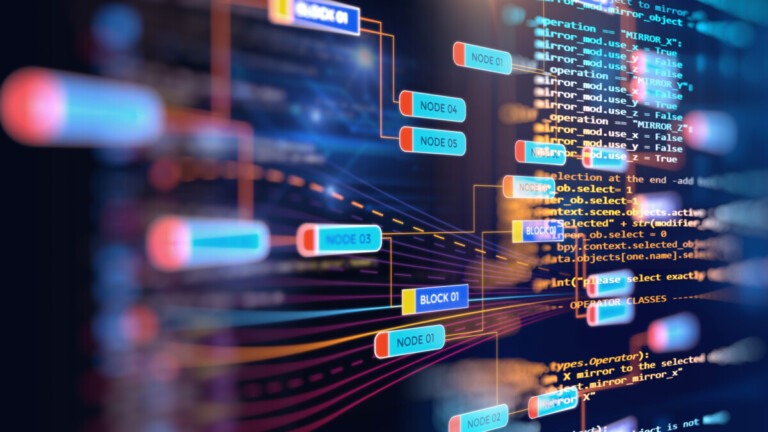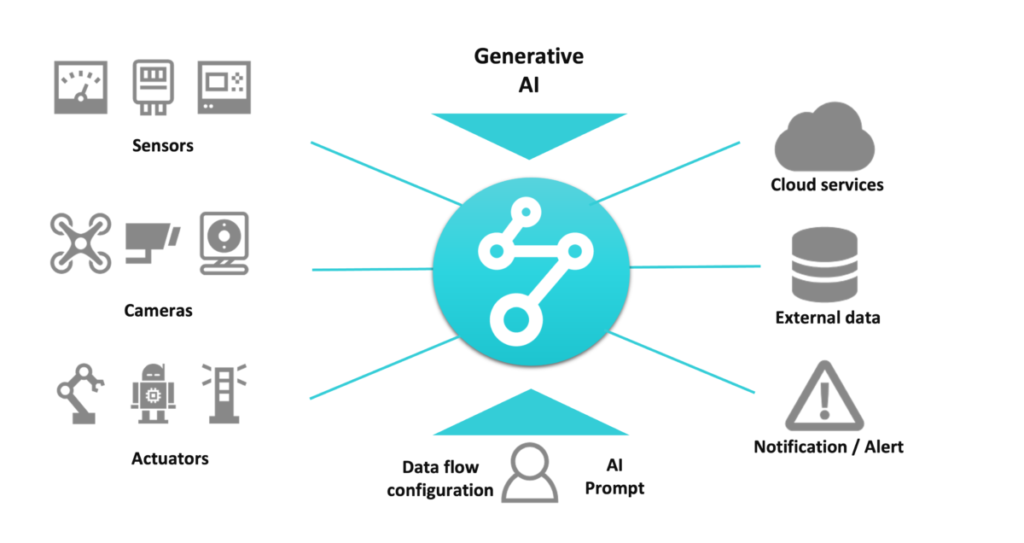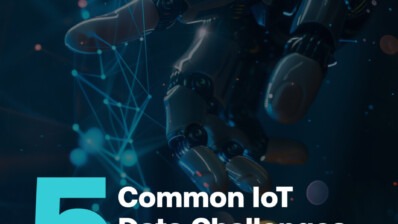Scaling IoT with AI: From Data Collection to Autonomous Action

TL;DR
- IoT is producing more data than ever—300+ zettabytes in 2025 alone—and organizations risk drowning in information without the right tools.
- AI and LLMs unlock the value of this data, turning complex telemetry into predictions, alerts, and plain-language insights that drive real decisions.
- With Soracom Flux and MCP Server, teams can streamline data flows and connect directly to AI, scaling IoT from simple monitoring to true intelligence.
The IoT Data Challenge
At this point in time, virtually every corner of the private, public and commercial sectors are reliant upon IoT data in some way. From logistics fleets transmitting real-time telemetry, to wearable devices monitoring patient health, to industrial sensor networks in smart factories, IoT is now a foundation of modern operations.
Unsurprisingly, this means the scope of data being created and collected is staggering. Earlier this year, analysts estimated that approximately 18.8 billion connected IoT devices were currently deployed across the globe, with data production on course to exceed 300 zettabytes by year’s end (a ~26% increase over 2024).
For many organizations, the problem isn’t connecting devices, it’s knowing what to do with the torrent of data. The promise of IoT is actionable insight, but unless insight can be extracted at scale, the data itself becomes more burden than benefit.
This is where artificial intelligence, and particularly large language models (LLMs), are proving transformative.

How AI Bridges the Gap
AI systems excel at finding patterns in vast datasets, uncovering correlations that humans might never notice. When applied to IoT, this translates into a number of critical capabilities:
- Pattern recognition at scale: Surfacing relationships across millions of data points.
- Anomaly detection: Identifying irregular patterns that may signal equipment failure, cybersecurity threats, or abnormal usage.
- Prediction and optimization: Forecasting demand, anticipating maintenance needs, and recommending operational adjustments to improve efficiency.
LLMs add a new dimension. Unlike traditional models trained for a narrow task, LLMs can interpret and simplify complex datasets into human-readable summaries. For example, an LLM might take the real-time output from an array of city-wide air quality sensors and generate daily briefings that policymakers and citizens alike can understand. Instead of scrolling through thousands of datapoints, decision-makers receive clear, actionable summaries.
LLMs also make IoT data more accessible across teams. Instead of requiring analysts to craft dashboards or write queries, stakeholders can simply ask natural-language questions (eg: “How did fleet efficiency change last week compared to the month before?”) and receive accurate, contextual answers drawn directly from IoT data.
Real-World Applications of AI in IoT
This pairing of IoT and AI is already reshaping industries:
- Smart grids: As renewable energy grows, balancing supply with fluctuating demand has become increasingly complex. AI models now help utilities anticipate demand spikes, integrate distributed resources, and reduce waste.
- Agriculture: By combining soil sensors, weather stations, and irrigation systems, AI-driven analysis is helping farmers increase yields. The UN Food and Agriculture Organization reports that precision agriculture can improve crop productivity by 10–20% while reducing water use by up to 30%.
- Predictive maintenance: Manufacturing firms are applying machine learning to equipment telemetry. McKinsey estimates that predictive maintenance can reduce machine downtime by 30–50% and extend equipment lifespans by 20–40%.
These examples highlight how AI moves IoT from simply monitoring the world to optimizing it.

From Connectivity to Intelligence: Soracom’s Role
Of course, before AI can work its magic, organizations need a way to reliably collect, route, and transform device data. This is where Soracom services like Flux and MCP Server make a real difference.
Soracom Flux is designed to give organizations of any size fine-grained control over how device data is collected, transformed, and routed via customized applications developed without the need of advanced coders. These applications could utilize capabilities such as:
- Customizable pipelines at the network edge: pre-processing, filtering, or formatting data before it ever reaches backend systems, reducing unnecessary transfer and cost.
- Policy-based control: applying rules per device or group to drop, aggregate, batch, or anonymize data in transit.
- Secure transport to multiple endpoints (whether cloud, private servers, or AI/ML platforms) with minimal configuration.
MCP Server (Managed Compute/Processing Server) provides the next step: transforming IoT data into AI-ready inputs. Its capabilities include:
- Payload normalization and schema reconciliation, turning raw sensor logs or event streams into structured formats.
- Built-in connectors for ML and AI infrastructure, enabling direct integration with data lakes, training pipelines, and inference engines.
- Scalability for handling bursts in volume or high-frequency telemetry without requiring teams to manage custom servers.
- Security and reliability features such as TLS encryption, identity/authentication, fan-out to redundant destinations, and monitoring.
Together, Flux and MCP Server reduce the friction between data in the field and intelligence in the cloud or edge. That means teams spend less time building plumbing and more time forming insights.

Looking Ahead: The Future of AI-Enabled IoT
As IoT deployments grow, the role of AI will only deepen. Several trends are already shaping the next phase:
- Edge AI: Instead of sending all data to the cloud, more processing will occur directly on devices or at the network edge. This reduces latency and bandwidth costs while enabling faster, localized decision-making.
- Democratized insights: With LLMs, technical expertise will no longer be a bottleneck. Business leaders, frontline staff, and other non-specialists will be able to query IoT systems directly and receive insights in plain language.
- From reactive to autonomous: IoT systems are evolving from monitoring what happened, to predicting what will happen, to autonomously responding. Think fleets that reroute themselves around traffic or agricultural systems that adjust irrigation without human input.
The common thread is that IoT without AI risks drowning in its own data. With AI, particularly LLMs, organizations can move from raw telemetry to clear, actionable intelligence. Combined with robust routing and processing through services like Flux and MCP Server, the result is IoT at true scale: a system that doesn’t just collect information about the world, but actively helps improve it.
Got a question about Soracom? Whether you’re an existing customer, interested in learning more about our products and services, or want to learn about our Partner program – we’d love to hear from you!






